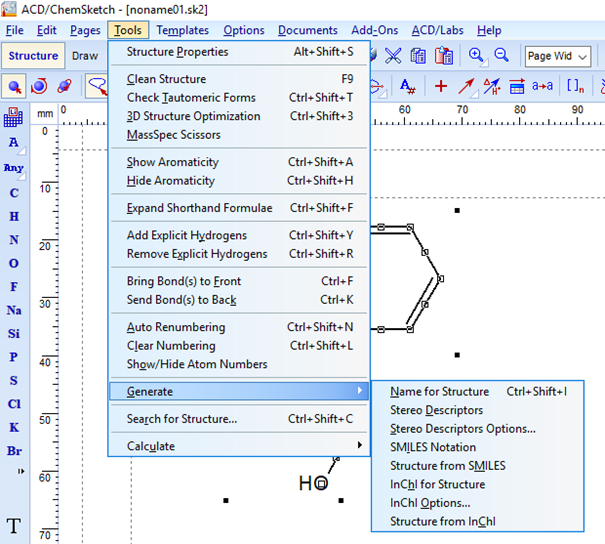

- CHEMDOODLE FERROCENE HOW TO
- CHEMDOODLE FERROCENE UPDATE
- CHEMDOODLE FERROCENE SOFTWARE
- CHEMDOODLE FERROCENE TRIAL
Now, let us discuss some of the new features in ChemDoodle 2D v11. Our growing userbase continues to show us our work is making the lives of those working in chemistry easier.
CHEMDOODLE FERROCENE SOFTWARE
Our goal, as always, is to produce the highest quality chemistry software at the lowest price possible.

With our new subscription model, we have been able to provide new features for our software faster than ever before. There have been a lot of changes, but our users have remained loyal and continued to provide us with wonderful advice and guidance.
CHEMDOODLE FERROCENE TRIAL
Licenses are as little as $15, and we have a free trial available at: īefore we discuss some of the new features, we just want to say thank you to all of our users and supporters over this past year.
CHEMDOODLE FERROCENE UPDATE
This update is free for all ChemDoodle subscriptions, Lifetime and Site licenses.

Hello, your blog has been extremely helpful with molecular modeling and I've referenced it extensively while I'm getting my research going. Note that because I am freezing the transition metal containing part I don't need to assign bonds between the Fe atom and the rings and therefore I can use the MMFF force field, as long as I delete the dummy atoms first. I could have added the group in Marvin Sketch but Avogadro gives me the opportunity to use autoopt to find the best geometry for the functional group. I then use Avogadro to add a functional group to one of the rings and optimize them while leaving the ferrocene part frozen. As the name suggests these are not real atoms. The "multi-center" points I add in Marvin Sketch show up as "dummy atoms" in Avogadro. This is because Avogadro doesn't have multi-center coordination bonds, while Marvin does. However, I build ferrocene using Marvin Sketch and import the structure into Avogadro. I build the zinc finger model in Avogadro and the only new trick is to pick the UFF force field, because that has parameters for bonds to transition metals.
CHEMDOODLE FERROCENE HOW TO
The screencast shows how to build two molecules: a model of a zinc finger and a substituted ferrocene. Modeling of transition metal-containing compounds is notoriously difficult and will require at least two separate posts: one one building the molecules (that's this post) and one on SCF convergence problems. Quite some time ago (it has been so long I can't find the email anymore) someone asked me to do a post on transition metals.


 0 kommentar(er)
0 kommentar(er)
